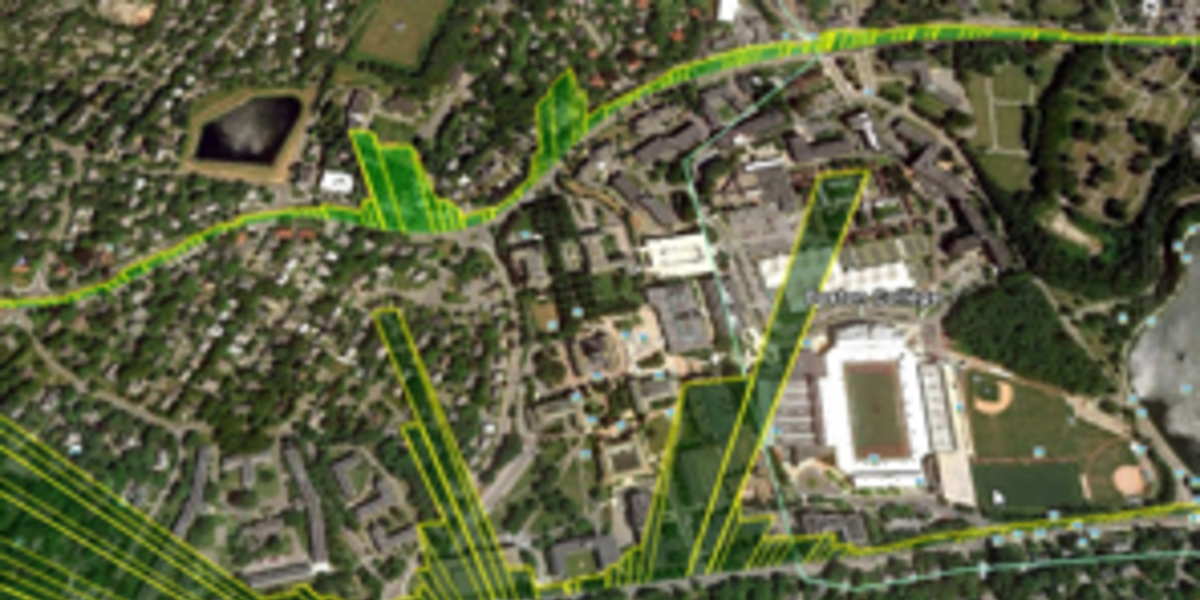One thing I probably do a little too much of in this job is travel. While it can be a hassle, you do get to see a lot of places, meet a lot of interesting people and grow on both personal and professional levels. And like all matters in life, there are the little things that bring a smile to your face; learning cultural stereotypes are indeed expressed through national train operations; most people are nice, courteous and generally happy to talk to a visitor; every local food/drink is just great; and last but not least, the in-flight magazines can be good entertainment. You read that right – those magazines printed by the airlines that you find in the seat pocket in front of you. I used to go directly to the destination maps and count the places I’ve been (or want to visit). But on a recent long-haul flight in which my laptop battery died mid-way, I succumbed to boredom and opened up one magazine to see what else it had to offer. And you know what? These magazines can actually be pretty good, with interesting themes, tips and stories. Such as this month’s edition that you’ll find on board a certain Dutch airline titled “The Urban Issue”. There’s the feature about a neat way to have representations of classic paintings on your wall, a feature of the “Yowayowa Camerawoman”, a Japanese photographer who went viral with her “levitation” pictures, and a neat design to become an apiarist in your own apartment.
The most illuminating article, to me at least, was an interview with Ashok Bhalotra, a visionary Rotterdam-based urban architect who thought up the “City of the Sun” and is the principal behind major city planning projects for Dalian, China and Rajasthan, India. With close to three-quarters of the World’s population expect to be city dwellers within our lifetime, urban planning and design is clearly an important endeavor. With such population explosion to come in urban areas, Bhalotra states that “we have to creative, we have to be like poets” when it comes to urban planning and design. This means placing those most indelible of buzzwords, “green” and “sustainability”, to the fore. But what do these mean when it comes to real-world urban planning? Well for one thing, there is the Smart Cities concept, where monitoring sensors guide energy usage so as to waste as few watts as possible; another are new renewable and sustainable building materials that will not only last longer, but their stability will impart fewer emissions of CO2 throughout their lifetimes; another is urban agriculture, a concept that is still mostly a fun hobby for Western urbanites, but likely to be a long-term solution to supply food to the majority of the world’s city population in decades to come. In addition, there is also the need to secure a safe and reliable water supply, as illustrated by the traditional story of the failure of Fatehpur Sikri in 15th century India. And of course, safe and secure means to provide energy in the form of usable fuel (like it or not, natural gas will be lighting the burners of millions of homes for decades to come).
Most of the talk surrounding urban development has been about green planning and development, but not much about measuring the "greenness" of these developments development. To paraphrase one researcher, claiming a development strategy is truly sustainable and green without quantitative measurements is like saying you’re going on a diet without ever setting foot on a scale. So what should be measured in the new urban reality, you might ask? Well, how about greenhouse gas emissions for one. There’s only one way to really prove whether initiatives targeting low emissions are actually lowering emissions. CityCarbon illustrated this during the World Economic Forum, showing that accountants’ estimates of emissions are way off the mark. How about water? Measuring certain naturally-occurring isotopes in a water supply can tell you whether it is being replenished at a sustainable rate, and where that recharge is coming from. This in turn can help city planners improve water distribution strategies. The same isotopes can be used to help the emerging urban farmers in their growing strategies, as well. And of course there is that fuel supply: how can you reassure the population that the natural gas is not leaking out of the pipelines? With the right measurements, any gas leak can be identified and mapped at an unprecedented rate, allowing utilities to focus their resources on more efficient transport.
So, in addition to some great interior design ideas, that “Urban Issue” also left me asking a pretty obvious question: with 23 of the World’s cities expected to top 10 million inhabitants within the decade, isn’t it about time we start to measure them too?
